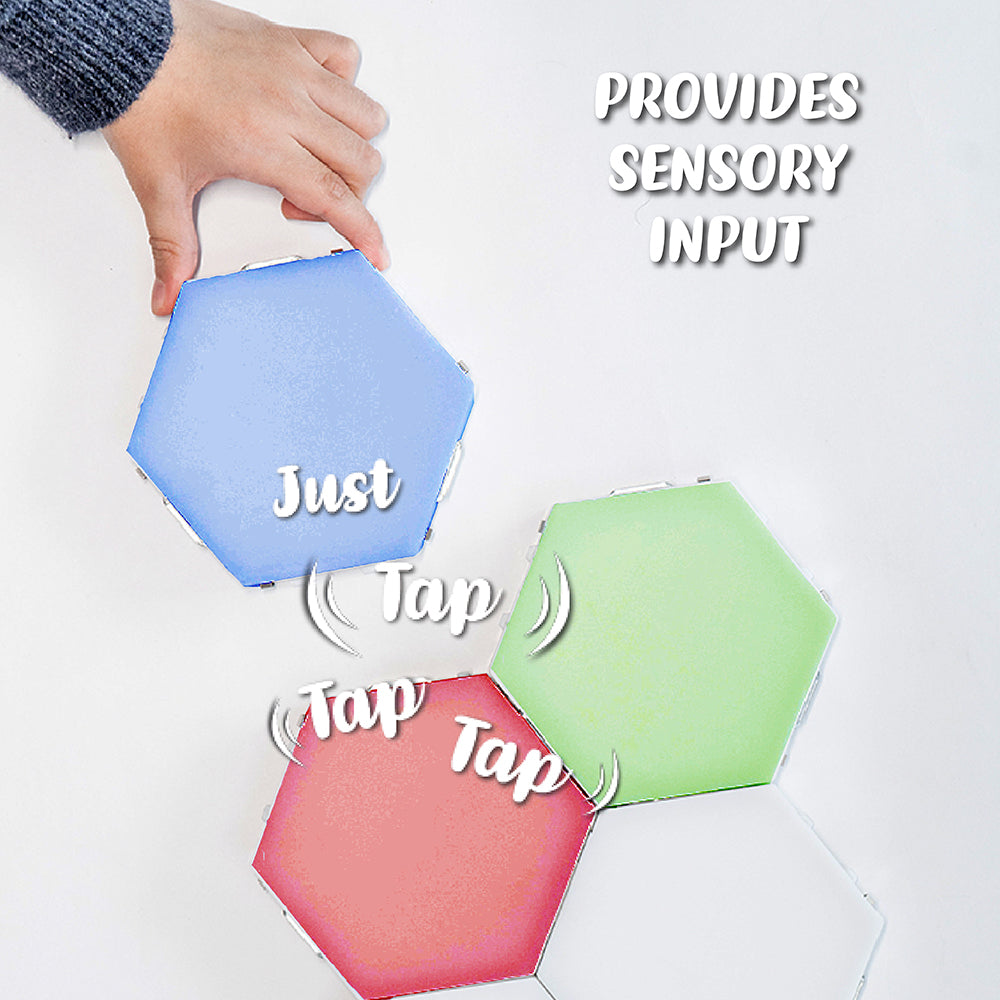 As parents and educators, we often see play as a joyful and essential part of childhood. But did you know that play is also a powerful driver of brain development? Neuroscience reveals that different types of play stimulate various areas of the brain, fostering cognitive growth, emotional regulation, and social skills. Let's dive into the remarkable world of symbolic, social, and sensory play and discover how they contribute to the flourishing minds of our children.
As parents and educators, we often see play as a joyful and essential part of childhood. But did you know that play is also a powerful driver of brain development? Neuroscience reveals that different types of play stimulate various areas of the brain, fostering cognitive growth, emotional regulation, and social skills. Let's dive into the remarkable world of symbolic, social, and sensory play and discover how they contribute to the flourishing minds of our children.
The Neuroscience of Play: Building a Brain, One Game at a Time
Symbolic play, also known as pretend play, is when children use objects, actions, or ideas to represent other objects, actions, or ideas. Think of a child using a stick as a sword or a cardboard box as a spaceship. This type of play is not just fun; it’s a critical component of cognitive development. Neuroscientists have found that symbolic play activates the prefrontal cortex, the brain region responsible for planning, decision-making, and social behavior. Engaging in pretend play helps children develop abstract thinking and problem-solving skills. It also enhances language development as children create and navigate complex narratives.
Social Play: Building Connections
Social play involves interacting with others, whether it’s a game of tag, building a fort together, or playing house. These interactions are vital for developing social skills and emotional intelligence. When children play together, they learn to communicate, negotiate, and empathize with others. Neuroscientific studies show that social play stimulates the brain's limbic system, which is crucial for emotional regulation and social bonding. Through social play, children practice cooperation, conflict resolution, and understanding different perspectives. These skills are foundational for forming healthy relationships throughout life.
Sensory Play: Engaging the Senses
Sensory play includes activities that stimulate a child's senses – touch, smell, taste, sight, and hearing. Examples include playing with sand, water, or sensory bins filled with various textures. Sensory play is particularly beneficial for children with autism, as it can help them process sensory information more effectively. Neuroscience reveals that sensory play activates multiple areas of the brain, enhancing neural connections and promoting sensory integration. This type of play supports fine motor skills, cognitive growth, and emotional regulation. It also provides a calming effect, helping children manage stress and anxiety.Enhancing Play with Sensory Tools
 TAP-TAP Sensory Lights - Touch and Visual StimulationSensory tools like the TAP-TAP Sensory Lights can transform any space into a stimulating and enjoyable sensory room for kids. With a few simple taps, these lights provide visual stimuli that can capture children's attention and interest. They are particularly beneficial for children with autism, as they offer a way to engage with their environment in a controlled and soothing manner. Explore more about these lights and their benefits here.
TAP-TAP Sensory Lights - Touch and Visual StimulationSensory tools like the TAP-TAP Sensory Lights can transform any space into a stimulating and enjoyable sensory room for kids. With a few simple taps, these lights provide visual stimuli that can capture children's attention and interest. They are particularly beneficial for children with autism, as they offer a way to engage with their environment in a controlled and soothing manner. Explore more about these lights and their benefits here.










Leave a comment